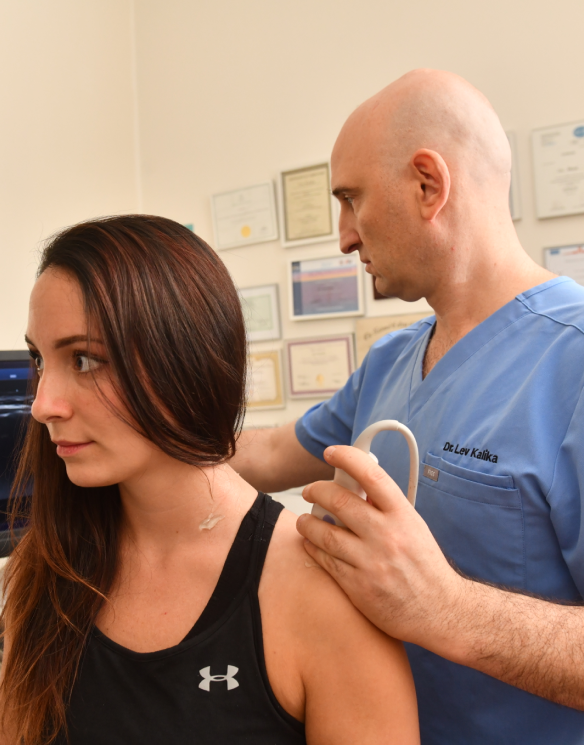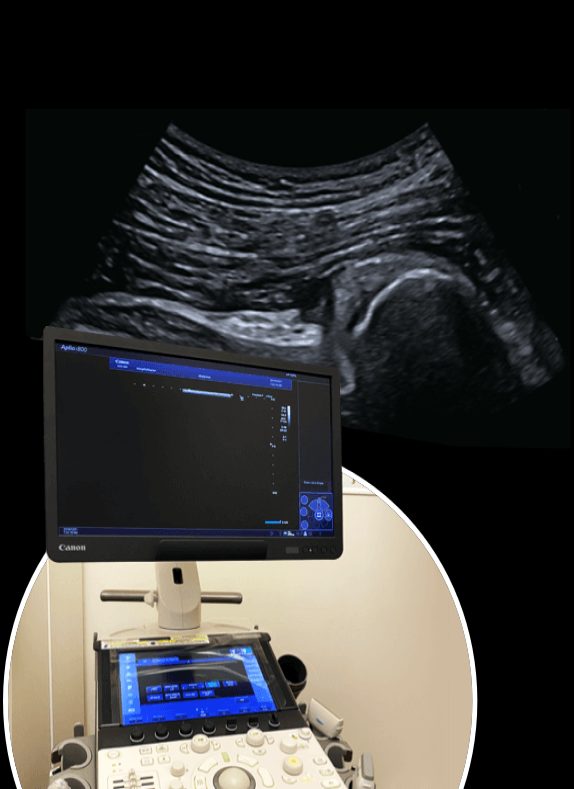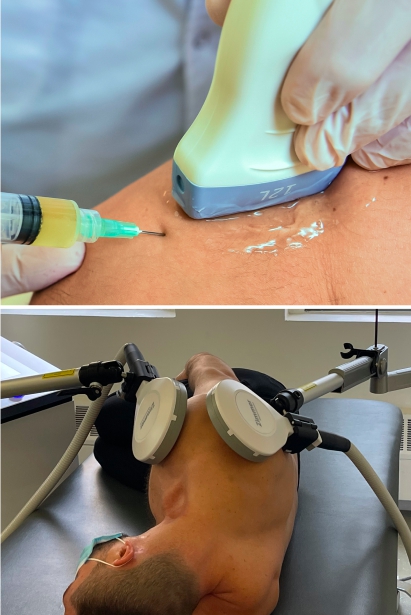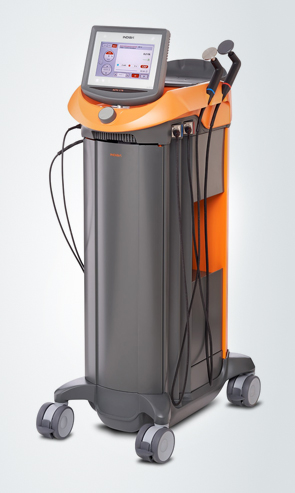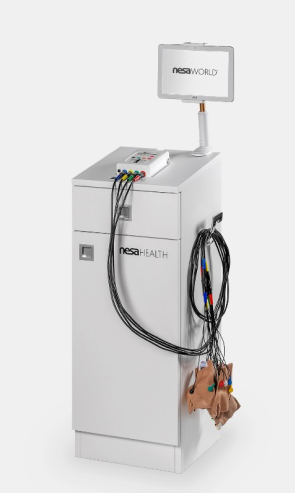Scientists have identified over 100 types of peripheral neuropathy, and symptoms can vary widely, depending on the type of nerves affected. There are three subcategories of peripheral nerves:
Motor nerves stimulate muscle contraction to produce movement. Symptoms of peripheral motor nerve damage include:
Sensory nerves transmit information about touch, temperature, pain and other sensations from the periphery to the brain. Symptoms of sensory nerve damage include:
Autonomic nerves control involuntary body processes such as breathing, digestion, circulation and gland and organ function. Symptoms of peripheral autonomic neuropathy include:
Causes of peripheral neuropathy are as diverse as its symptoms. Some of the most common causes include:
Physical trauma that damages or disrupts nerves
Local or systemic infections
Diabetes
Smoking
Cardiovascular disease
Autoimmune disorders
Hormonal imbalances
Malnutrition
Kidney and liver disorders
Certain medications and cancer treatments
As is the case with many musculoskeletal disorders and pain syndromes, peripheral neuropathy often has its roots in unhealthy lifestyle behaviors and/or exposure to environmental toxins.



